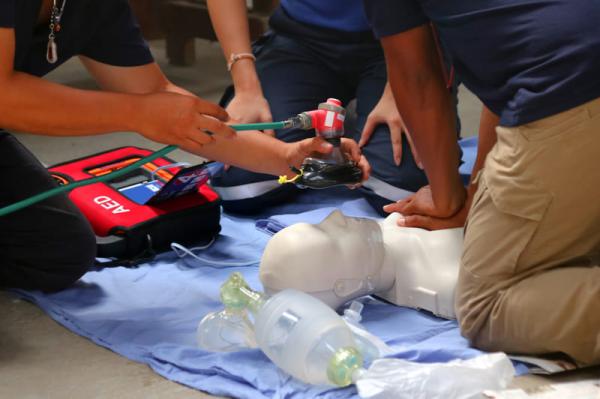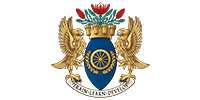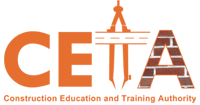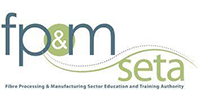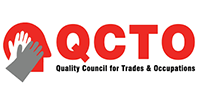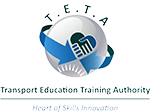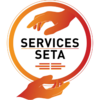If you want to be able to help injured people during an emergency, having first aid training is a must. First aid training not only prepares you for handling medical emergencies, but also provides you with crucial skills for keeping people safe.
As a health and safety training facility, EMCARE offers a variety of first aid courses that equip you with the necessary skills and training to tackle a range of emergency situations. In this quick read, we’ll be exploring how to use first aid in the case of an emergency as well as breaking down some basic life-saving tips.
Assessing The Emergency
Before you whip out any first aid kits or start treating wounds, the first step you should take during any emergency is to assess the situation. During first aid training, you’ll learn that assessing the scene before conducting any first aid is crucial as this will determine how you help any injured parties.
First, you’ll need to evaluate your surroundings and determine whether the scene is safe. If the injured person is near a fire or other harmful terrain, you’ll need to move them to a safer place before treating them. Additionally, you should equip safety gloves if there is any blood or bodily fluids present.
Once you’ve determined that the injured person is in a safe space, you can begin checking their vitals and whether or not they’re responsive. By assessing if the person is breathing, conscious, responsive, bleeding or sustaining other significant injuries, this will determine how you treat their wounds.
Now that you have a better understanding of their physical wellbeing, you should determine whether or not they require emergency medical responders. If the injury is minor, like a burn or shallow cut injury, you may only need to perform basic first aid on the wounds as instructed in your first aid training. If their current state shows signs of excessive bleeding or the inability to breathe, you should contact a medical emergency provider immediately.
With first aid training, you should have the skills to stabilise or keep the injured person from worsening their condition until medical help arrives.
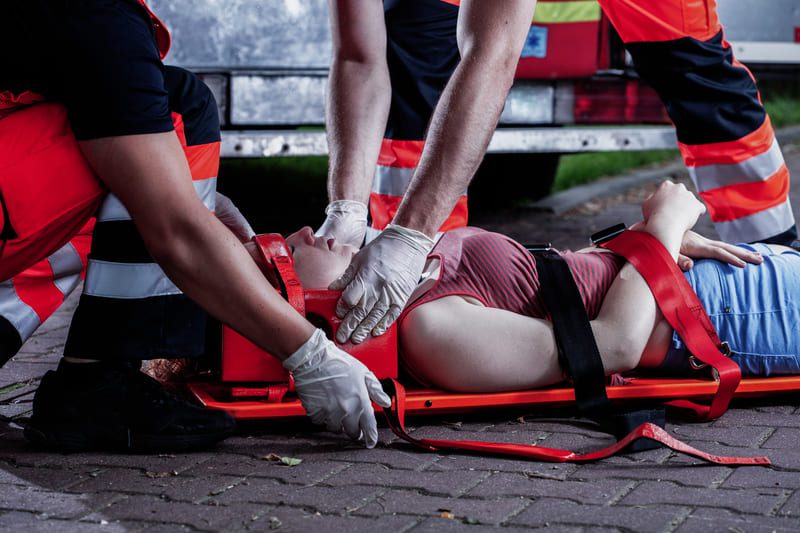
Using First Aid For Different Emergencies
Accidents can happen anywhere, which is why it’s important to be prepared for a range of different emergency situations as a first aider. Here’s a quick breakdown of different emergency situations and how to use first aid to assist those in danger:
Bleeding Accidents
Cuts and grazes are some of the most common injuries experienced in emergency situations, whether they be minor paper cuts or fatal wounds. As a first aider, it is crucial that you understand the basics of how blood works so that you can better help injured people and, in some cases, save lives. Depending on the injury, blood can look different in terms of colour and how it’s leaving the body:
Capillaries:
Most minor bleeding injuries occur when the capillaries are damaged, which are the smallest blood vessels of the body. This type of bleeding typically stops on its own, with the blood from the burst capillary typically looking like a small trickle leaving the body.
Veins:
If a person is bleeding from their veins, the outcome of their injuries could range from mild to severe. Unlike capillary bleeding, vein bleeding can appear as a flow, trickle or even spurt of blood.
Arteries:
The most dangerous type of bleeding someone can experience is when an artery is cut or damaged. Arteries carry a lot of oxygen and are the largest blood vessel in the body. Bleeding of this nature will appear as bright red blood spurting from the injury. Medical attention needs to be performed immediately as the loss of excess blood could be fatal.
From your first aid training, you’ll learn everything you need to know about wearing medical gear, cleansing the wound, dressing the wound with gauze and elevating the bleeding part of the body. If you complete your first aid training, you’ll have all the necessary skills and knowledge to assist a bleeding victim.
Cardiac Arrest
One of the first emergency tactics you’ll learn throughout the course of your first aid training is how to assist a person that is in cardiac arrest using cardiopulmonary resuscitation (CPR). This basic first aid method is a lifesaving medical procedure that comes in handy for a range of emergency situations. Being able to perform CPR allows you to recirculate the blood or restart the heart of someone in cardiac arrest until they can use a defibrillator.
Before performing CPR, make sure you get someone to call emergency medical services while assisting the injured person. From your first aid training, you should be able to do chest compressions and rescue breathing to the person until help arrives.
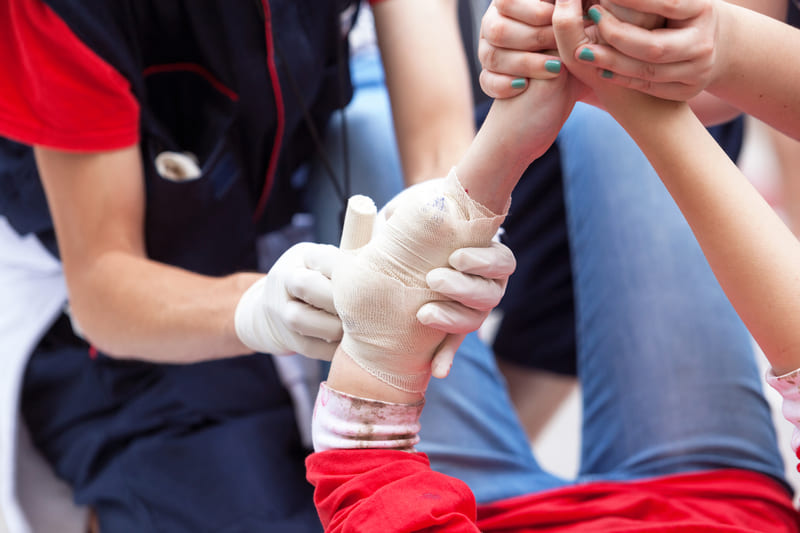
Prepare For Any Emergency With EMCARE
Whether someone is bleeding out from a nasty fall or is experiencing cardiac arrest, first aid training prepares you for not only assessing the situation properly, but also provides you with the skills and training needed to help those in danger. With first aid, you can treat and dress minor wounds and prevent people from requiring further medical attention as well as perform lifesaving procedures until medical help arrives.
At EMCARE, we understand how invaluable first aid can be, which is why we offer a variety of health and safety training courses across various fields. To get started on your first aid training or find out more about the courses we offer, visit our online website and sign up today.

